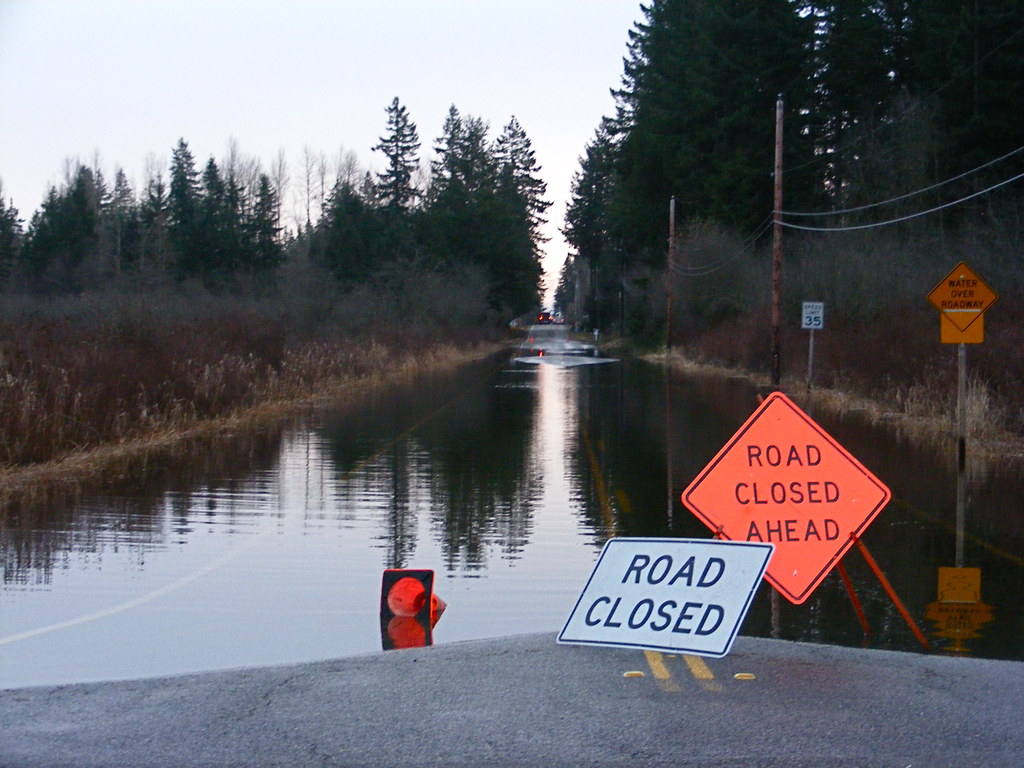Key Takeaways:
• Torrential rains have caused severe flood damage across the region.
• Officials report about 100,000 homes damaged so far.
• Rescue teams and volunteers are working around the clock.
• Residents face health risks, power cuts, and unsafe roads.
• Authorities warn more storms could make flood damage worse.
Flood Damage Hits 100,000 Homes
Flood damage has turned streets into rivers and backyards into lakes. Rain fell without stopping for days. Consequently, rivers spilled over their banks. As a result, entire neighborhoods are under water. Officials say about 100,000 homes stand damaged. Many families have no place to stay. Meanwhile, shelters are filling up fast. The scale of flood damage is historic for this area.
Understanding How Flood Damage Occurs
Heavy rainfall creates fast-moving water. It seeps under doors and through weak walls. This water ruins floors, furniture, and electrical wiring. Beyond that, muddy water brings in debris and bacteria. Therefore, flood damage poses health hazards. Mold can grow in just twenty-four hours. In addition, flooding can weaken a home’s foundation. Thus, quick action becomes vital to prevent further damage.
Early Warning Signs of Flood Damage
Before walls collapse, some hints show up:
• Water stains on walls or ceilings
• Musty smells in basements or closets
• Cracks in foundation or drywall
• Warped floors or doors that stick
If you notice these signs, call for help right away. Acting quickly can reduce flood damage and repair costs.
How Residents Are Coping with Flood Damage
Many families lost most of their belongings. Yet they stay strong through community support. Neighbors share food, clothes, and blankets. Volunteers bring water and medical supplies. Even pets have shelters now. Some people use sandbags to block more water. Others reinforce windows with plywood. In short, they do whatever it takes to protect what remains. Local churches and charities also offer hot meals and clothing.
Government Response to Flood Damage
Authorities declared a state of emergency within hours. They deployed rescue boats and helicopters. National guard units set up mobile kitchens. Additionally, they sent teams to clear roads and restore power lines. Cleanup crews work day and night to pump out water. Yet officials warn that it could take weeks to repair all homes. They urge residents to stay away from flooded zones. Otherwise, more injuries and damage could occur.
Health and Safety Risks After Flood Damage
Floodwater carries harmful germs and chemicals. Touching or drinking it can lead to skin rashes, vomiting, and fever. Once water recedes, mold grows rapidly in damp areas. Inhaling mold spores may cause breathing problems. Broken glass and hidden debris also risk cuts and infections. To stay safe, always wear protective boots and gloves. Also, boil drinking water until officials confirm it is clean.
Preventing Future Flood Damage
Experts say flood damage can be less severe with simple steps:
• Install flood vents in basements
• Elevate appliances and electrical panels
• Seal cracks in foundation and walls
• Create a backyard drainage system
• Keep gutters and drains clear of debris
By planning ahead, homeowners can reduce risks when storms arrive again.
What to Do If You Face Flood Damage
If your home floods, follow these steps:
1. Turn off gas, electricity, and water supply to avoid accidents.
2. Evacuate to a safe location and call emergency services.
3. Photograph all damage for insurance claims.
4. Wear protective gear before entering your house.
5. Disinfect and dry surfaces to stop mold growth.
6. Contact your insurance company as soon as possible.
Taking prompt action helps you recover faster from flood damage.
Looking Ahead
Communities will need months to rebuild. However, the outpouring of help gives hope. Authorities plan stronger flood defenses and better early warnings. Meanwhile, families start cleaning and fixing their homes. With teamwork and resilience, life will return to normal. Yet the memory of this flood damage will remind everyone to stay prepared.
FAQs
How can I protect my home from flood damage?
You can install flood vents, seal foundation cracks, and keep drainage clear. Elevate appliances and turn off utilities before a storm.
What health risks come after flood damage?
Floodwater holds germs and chemicals. Mold grows quickly, risking breathing issues. Always wear protective gear and boil water until it’s safe.
Who pays for repairs after flood damage?
Insurance may cover flood damage if you have flood insurance. Otherwise, government aid and community charities can help.
When should I return home after flood damage?
Return only when authorities declare it safe. They will check for structural damage, gas leaks, and clean water.

